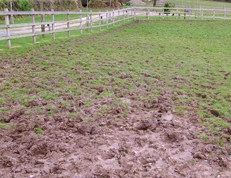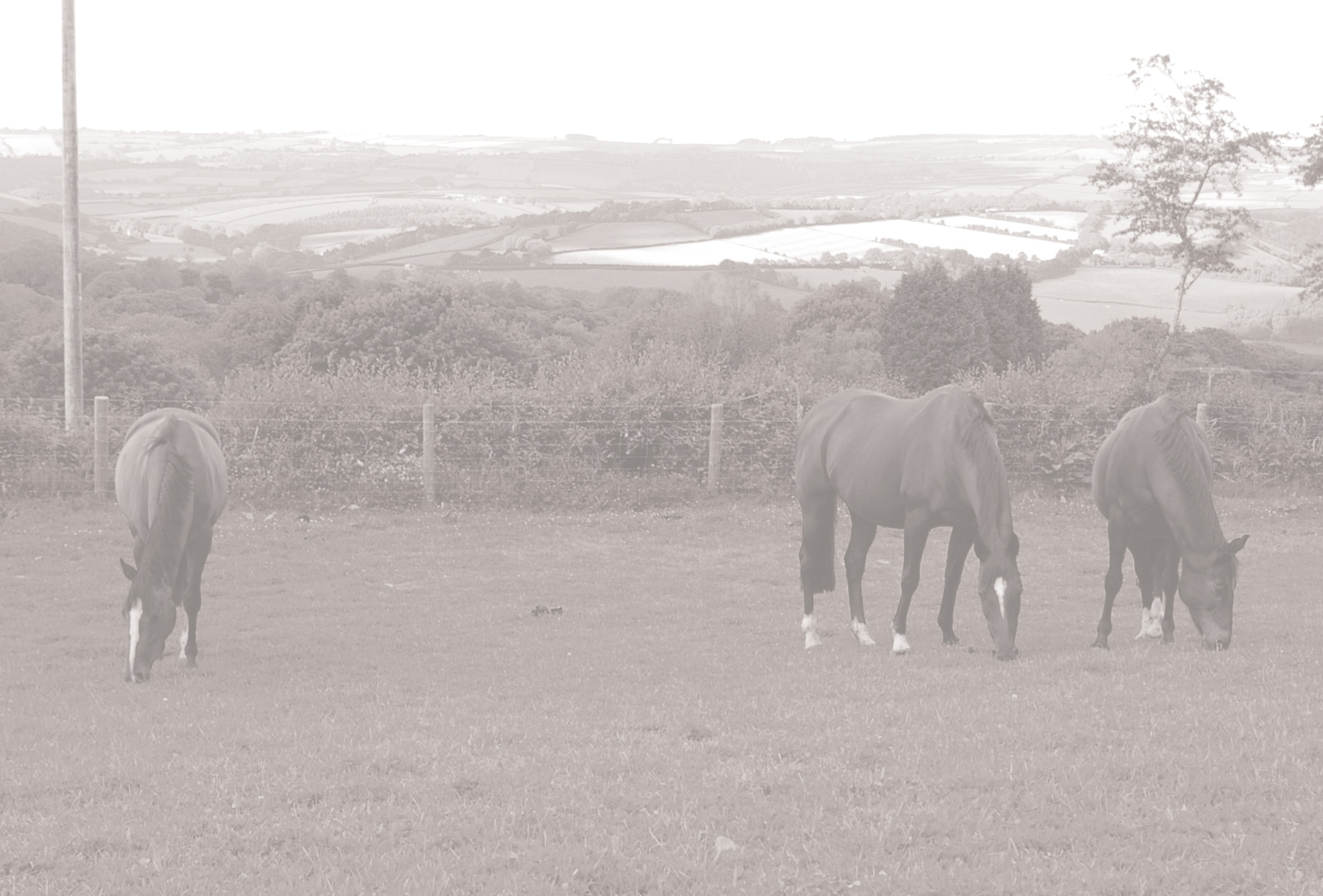All paddocks that have been grazed this winter will have suffered from poaching. I am often asked how this can be avoided. The simple answer is to not turn out animals onto wet ground, which requires you to make alternative arrangements. One solution maybe to create a turn out area covered in sand, or similar substance, where sufficient fodder and water can be provided. If this is not possible, poaching can be reduced by utilising land that drains well or has a natural slope.
A large field will poach less than small paddocks as the animals are less likely to be concentrated in a small area.
If none of these recommendations are possible because you only have small, level, poorly drained fields, then it is probably better to concentrate the horses in one ‘sacrifice’ paddock, which can then be re-instated in the spring.
Timing is the key to getting the ground back into good repair; the weather needs to have become warmer with an outlook of generally dry conditions ahead. However, the ground should not be too dry.
 You should aim to:
You should aim to:
1) Level the uneven ground; use a chain harrow or grass scarifier during March which will knock over uneven lumps and pull out any dead grass. This action will also improve air intake into plants.
2) Spread grass seed if poached areas are particularly severe. Use a specialist pony paddock mix, which will generally be hard wearing grass that will not grow particularly lush.
3) Apply a balanced fertilizer such as 5N:22P:22K or preferably get a soil analysis carried out on the field so that the correct quantities of nutrient can be applied in each specific area.
4) Rolling the ground with a flat roller is important if grass seed has been sown, as germination is dramatically improved. However, be careful not to roll in too damp conditions as the soil will become capped and air and water will be unable to penetrate into the surface.
To summarise, create a level, airy environment with additional seeds and nutrient if necessary, and with the addition of some spring warmth and occasional rain the grass will have the best possible chance of recovery.


